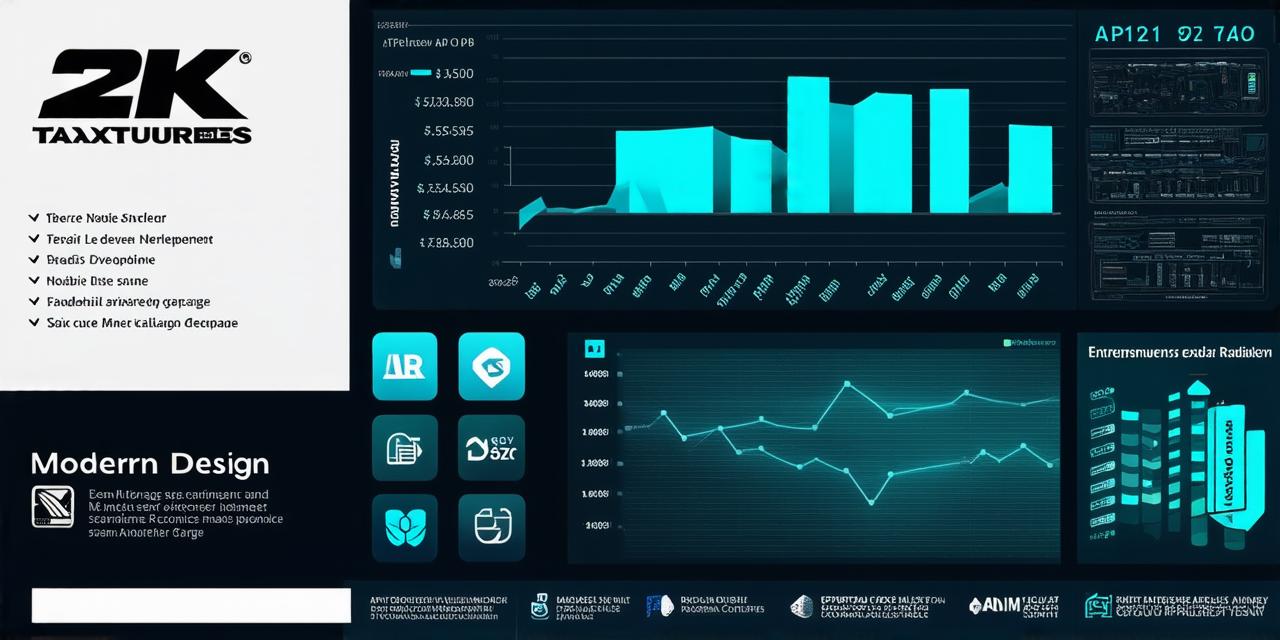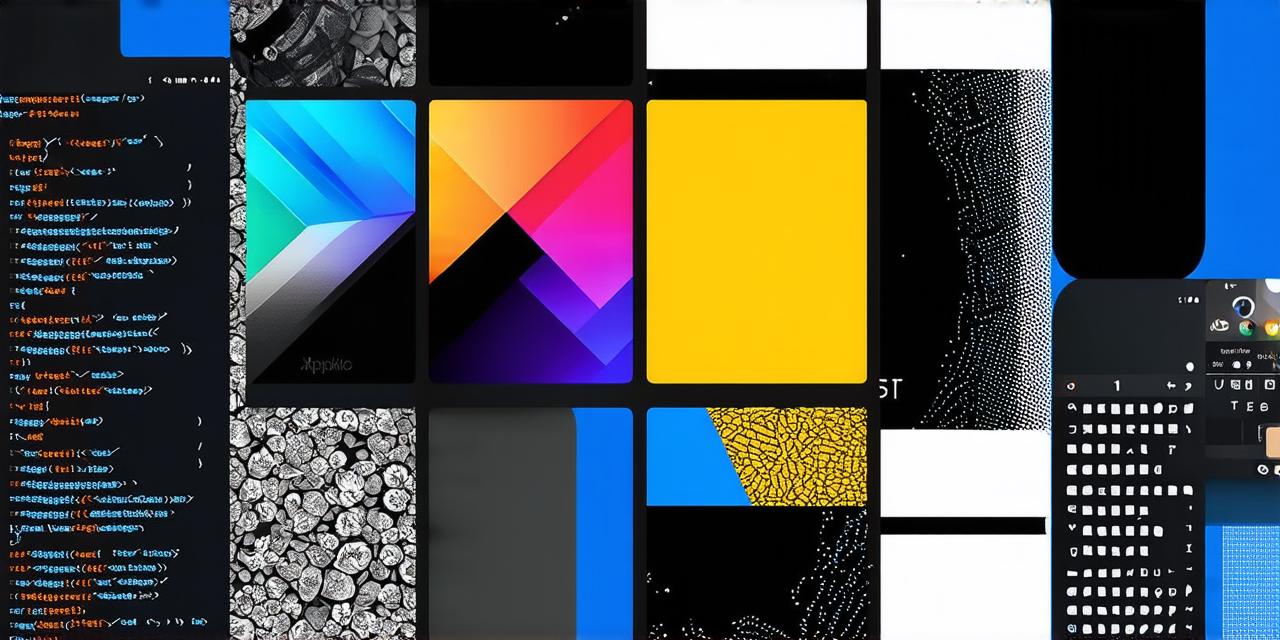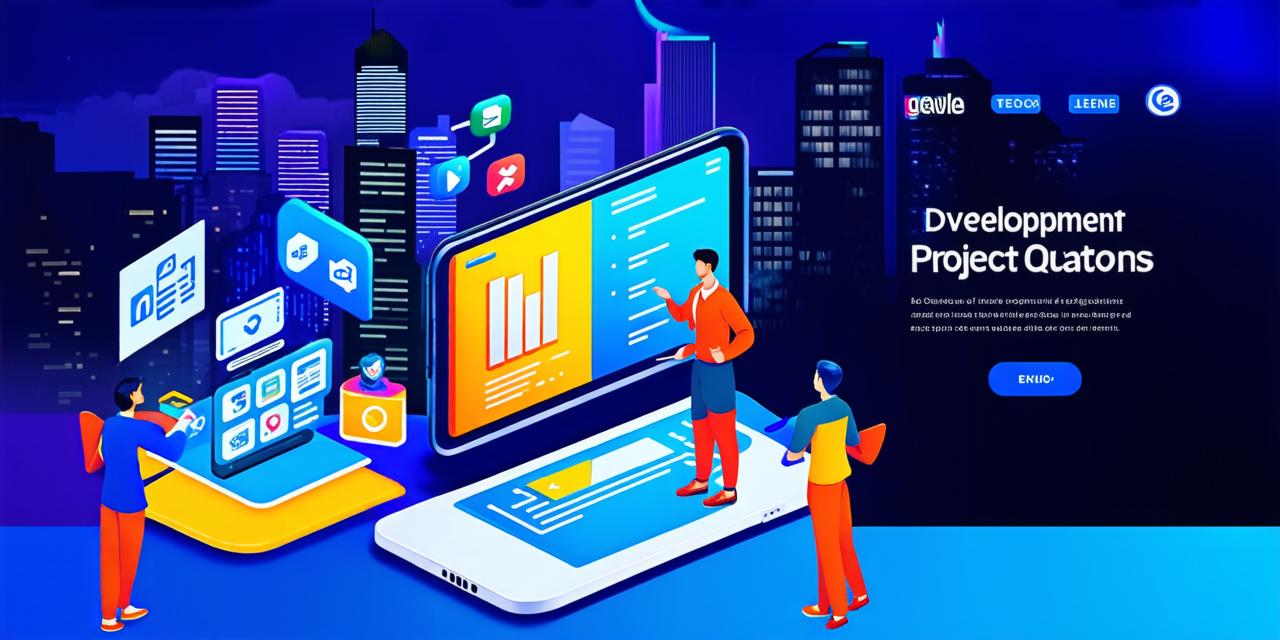The mobile app industry is growing at an unprecedented pace, with millions of people downloading new apps every day. While it’s no secret that mobile app developers make money through these apps, the specific ways in which they do so can be a bit more complex.
1. Advertising
One of the most common ways that mobile app developers make money is through advertising. This can take many forms, including banner ads, interstitial ads, and native ads.

Banner ads are the most basic form of advertising, and typically appear at the top or bottom of an app’s screen. Interstitial ads, on the other hand, appear between screens in an app and can be used to promote related content or products.
Native ads are designed to blend seamlessly into an app’s interface, allowing them to appear as if they were part of the app itself.
Advertising can be a lucrative way for mobile app developers to generate revenue, but it’s important to note that there are limits to how much advertising a user is willing to tolerate. Developers must carefully balance the amount of advertising in their apps with the overall user experience in order to keep users engaged and coming back for more.
2. Subscriptions
Subscriptions are another popular way for mobile app developers to generate revenue from their products. This can take many forms, including monthly subscriptions, annual subscriptions, and pay-per-view access to certain features or content within an app.
Subscriptions can be a great way for developers to generate a steady stream of revenue over time, as long as they offer valuable enough content or services to justify the cost. However, it’s important to note that not all users are willing to pay for subscription-based apps, and developers must carefully consider their target audience and the value of their product in order to determine whether this is the right revenue model for their app.
3. In-app purchases
In-app purchases are another popular way for mobile app developers to generate revenue from their products. This can take many forms, including virtual currency, premium content or features, and physical goods or services that can be purchased through the app.
In-app purchases can be a lucrative way for developers to generate revenue, as they allow users to purchase additional content or services within the app itself. However, it’s important to note that in-app purchases must be carefully designed and priced in order to encourage users to make purchases without feeling like they are being pressured or taken advantage of.
4. Freemium model
The freemium model is a popular revenue model used by mobile app developers, which combines the best of both worlds – a free version of the app with optional premium features or content that users can purchase for an additional fee.
The freemium model can be a great way for developers to generate revenue from their apps, as it allows them to offer a free version of the app to attract new users while still generating revenue from those who are willing to pay for additional features or content. However, it’s important to note that the freemium model requires careful planning and execution in order to balance the value of the free version with the value of the premium features or content.
5. Licensing
Licensing is another way that mobile app developers can generate revenue from their products. This involves selling a license to use the app, either on a per-user basis or on a per-device basis.
Licensing can be a lucrative way for developers to generate revenue, particularly if they are developing enterprise-level apps that are used by businesses or other organizations. However, it’s important to note that licensing can be complex and requires careful consideration of factors such as pricing, support, and maintenance in order to ensure that the license is a good fit for both the developer and the user.



